Flat Design Gets a 2015 Facelift

Flat design works. It’s stuck around, and for good reason: less clutter means more focused calls-to-action; straightforward graphics mean a quicker understanding for consumers; colour-coding lends to improved navigability. We’re not going to see this trend die out quickly.
But we are going to see it change.
Currently, flat design is about large blocks of colour, lots of icons, and simple, easy to understand content. 2015 is bringing back the use of images and video, brighter colours, and more detailed graphics. [su_spacer]
Images and Video
By now, you’ve probably stumbled upon a site with a built-in video background. Like them or hate them, they’re sticking around for a while. Thanks to advances in CSS, these videos no longer wreck your internet experience with slow load-times. Also thanks to CSS improvements, videos can now have filters and overlays, which helps separate the background video from the content. Those filters and overlays can also be applied to images, making them a popular choice as a background alternative.
Instead of being separated by large blocks of colour, content will be separated with a mix of colour and imagery.
Brighter Colours
Last year, our colour pallet was, well, flat. If last year was a matt print, this year is a glossy photograph. We’re already starting to see bright greens, popping blues, and some excellent use of colour-fade backgrounds.
You can expect to see more popping colours in headers, calls-to-action, and navigation menus.
More Detailed Graphics
In 2014, flat design meant using colour-blocks to define graphics. 2015 is replacing icons with more detailed graphics (shadows, or subtly 3d shapes), and background graphics with photographs.
Instead of illustrations, good photography will be key to intriguing clients.
Looking for a good example of how your business can utilize these design practices? Check out Channelassist, a site we recently revamped. The use of images, popping colours, and clean, clear content is definitely sticking around this year!

































































































































































![[Blog] Insurance Brokers: Focusing on Growth Today and Tomorrow](https://goosedigital.com/wp-content/uploads/2022/05/Featured-Ins-Brokers-Future.png)










![[Blog] How Marketing Automation and Data Can Be Your Insurance Brokerage’s Key Difference-Makers](https://goosedigital.com/wp-content/uploads/2022/03/Featured-MktgAuto-Data-Ins.png)

















































































































































































































































































